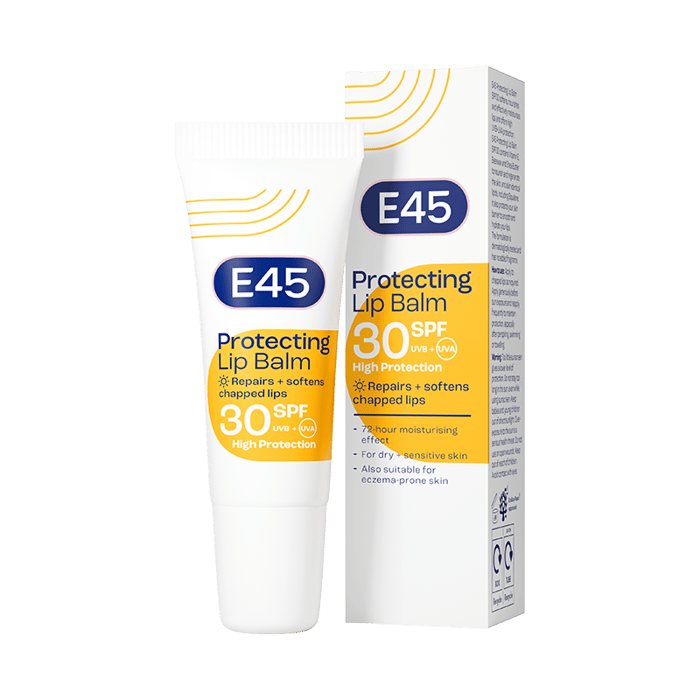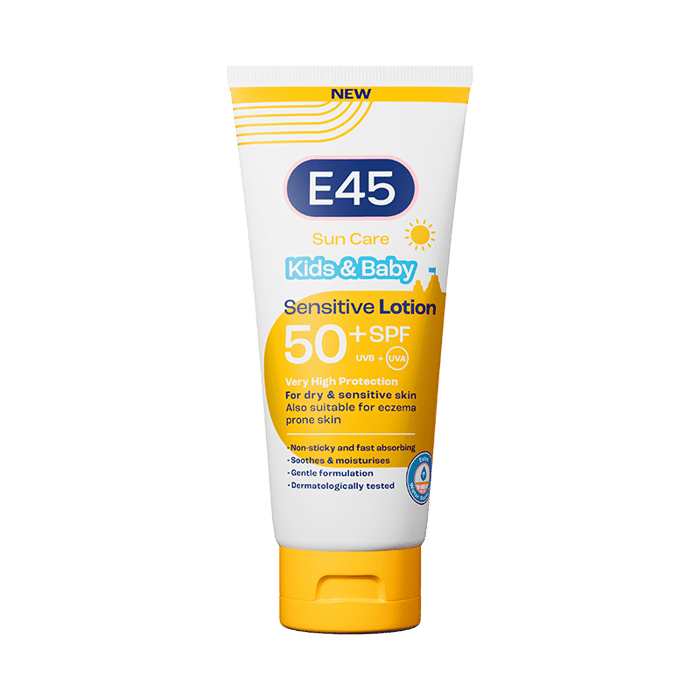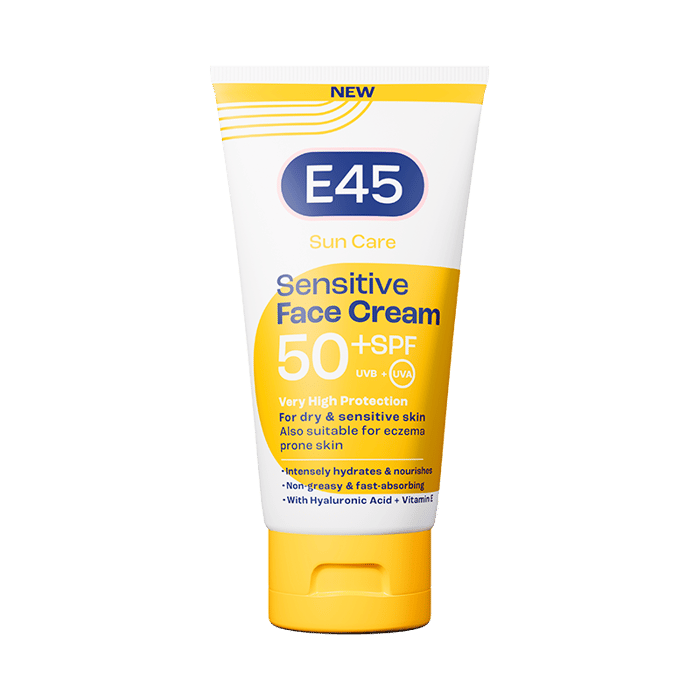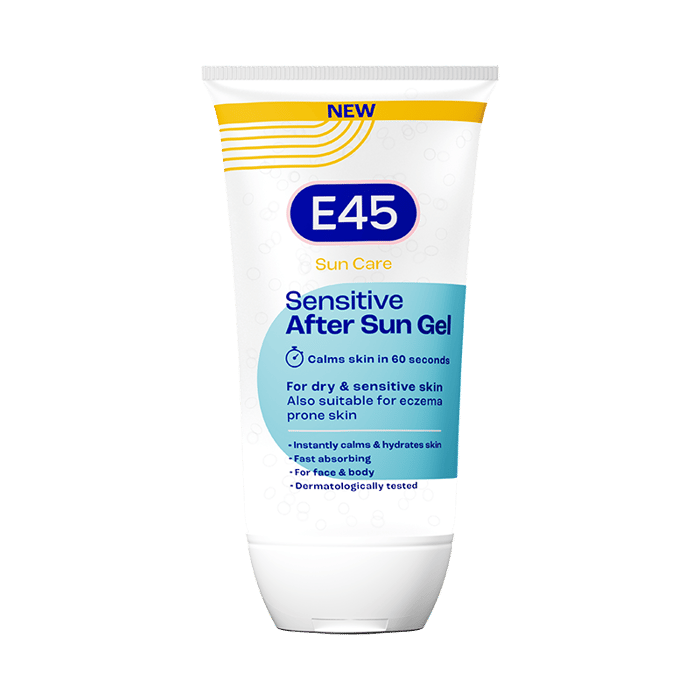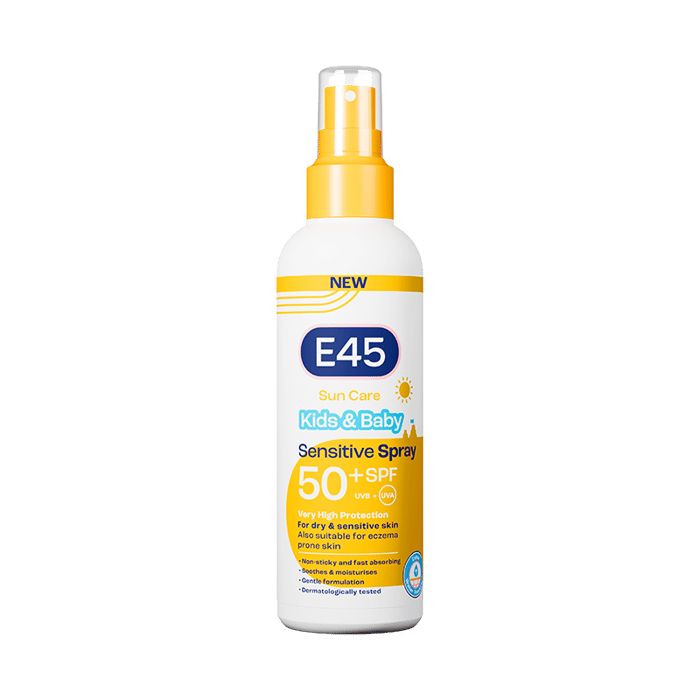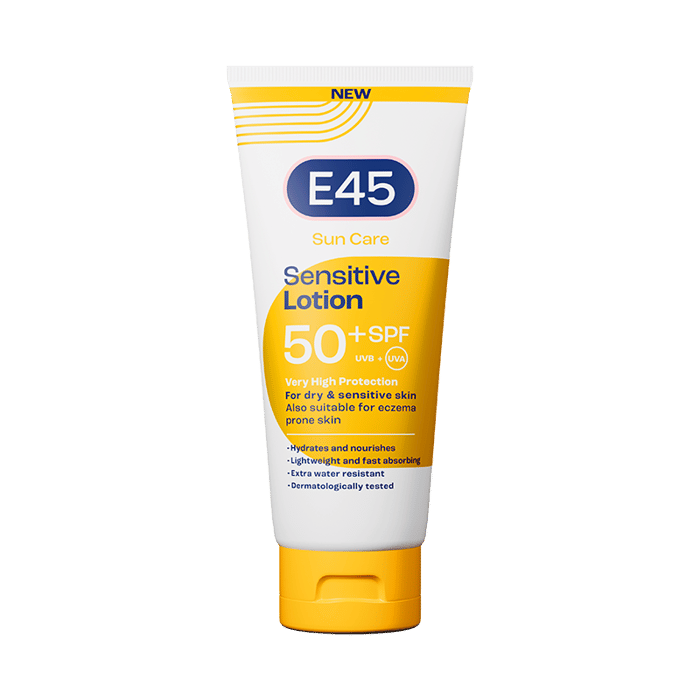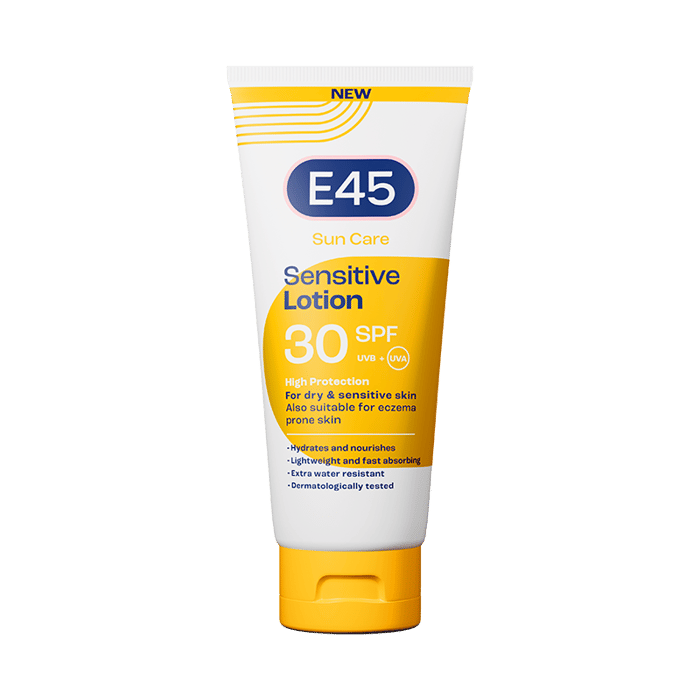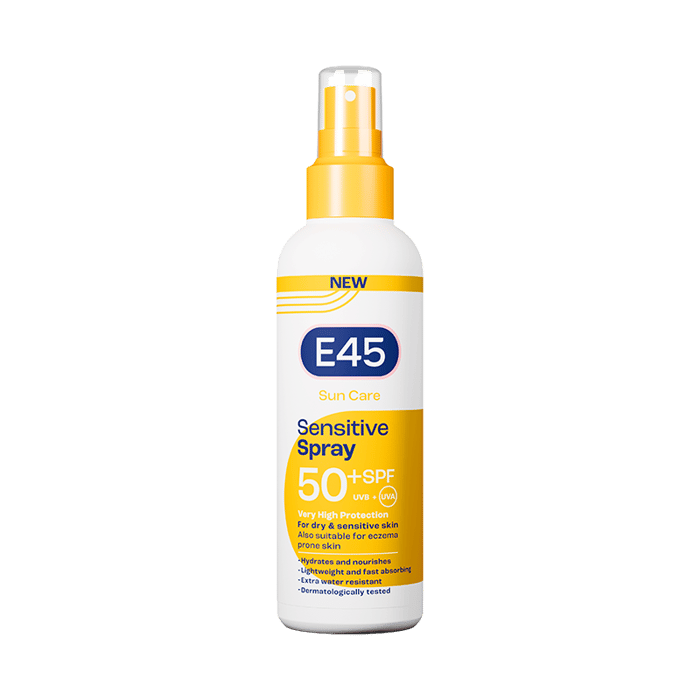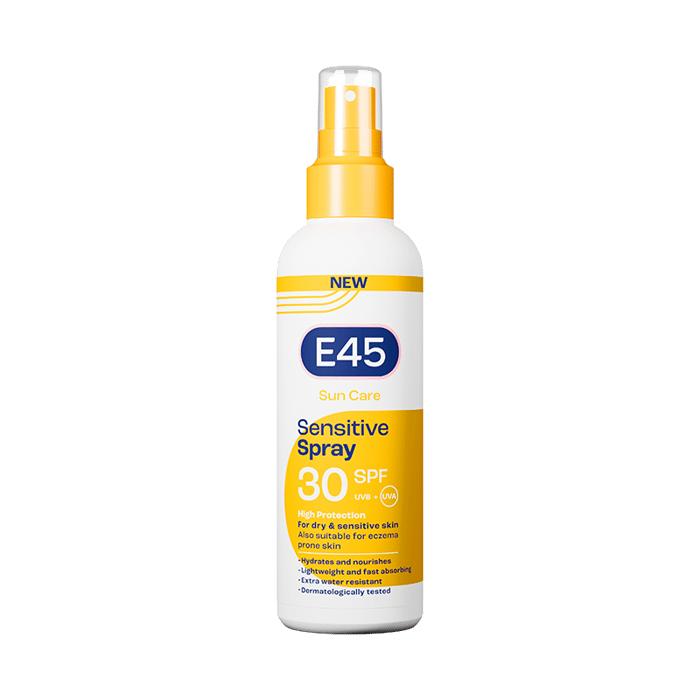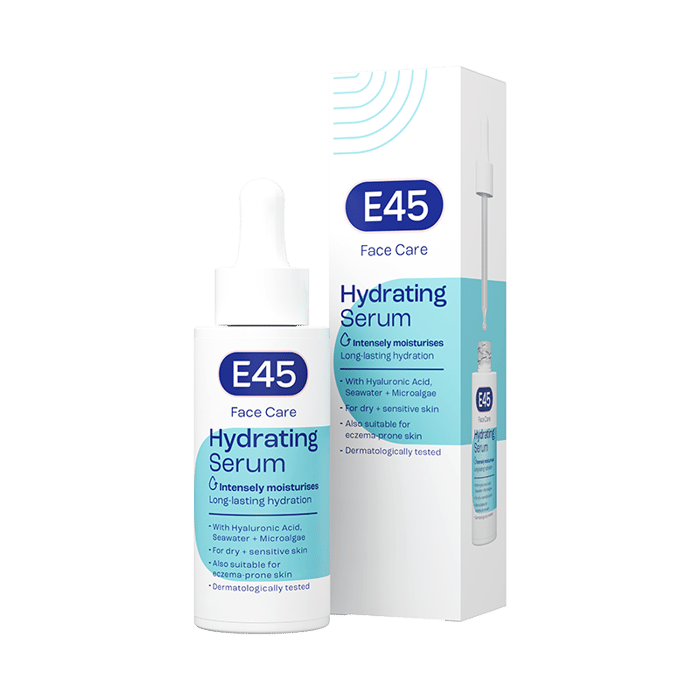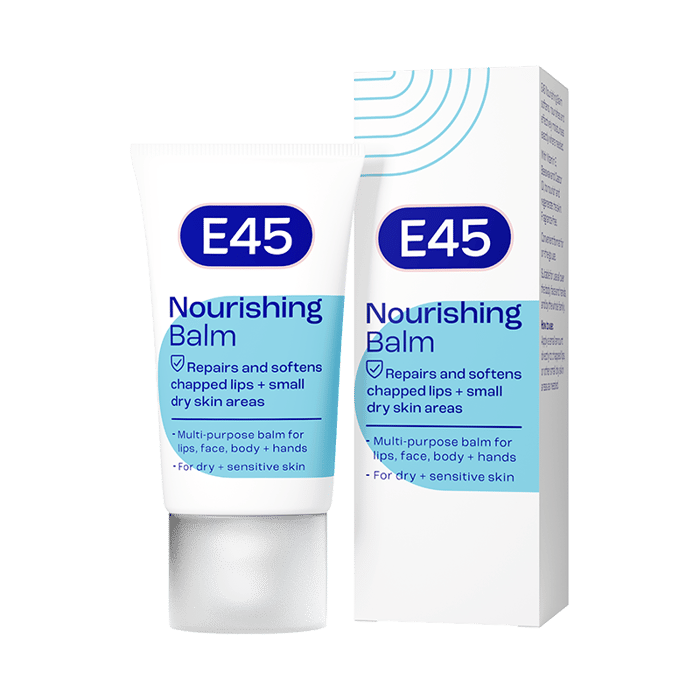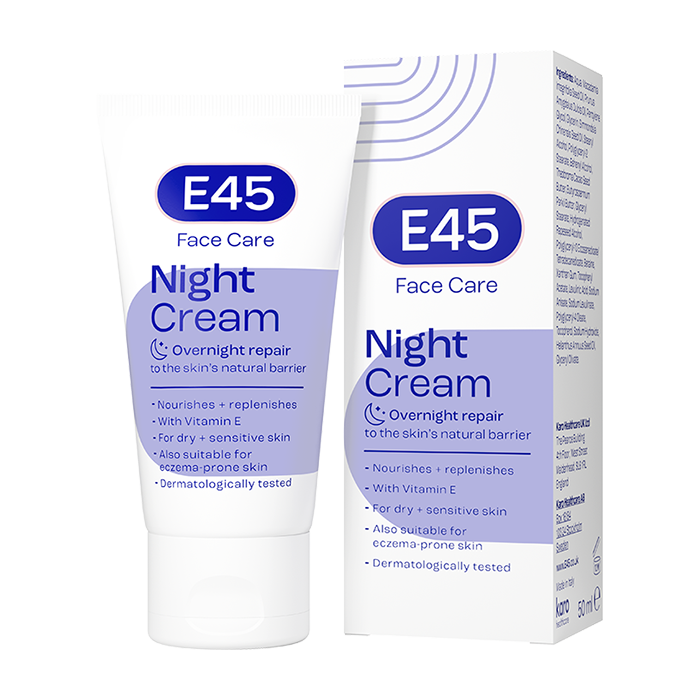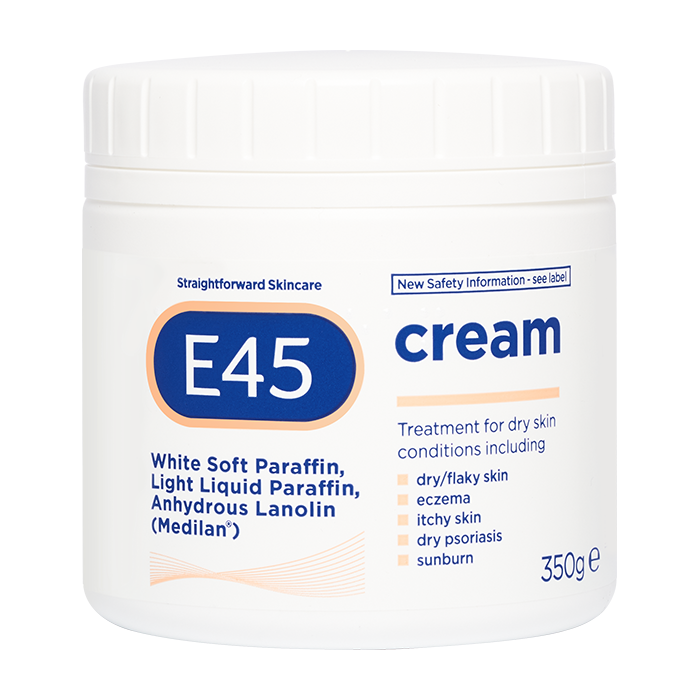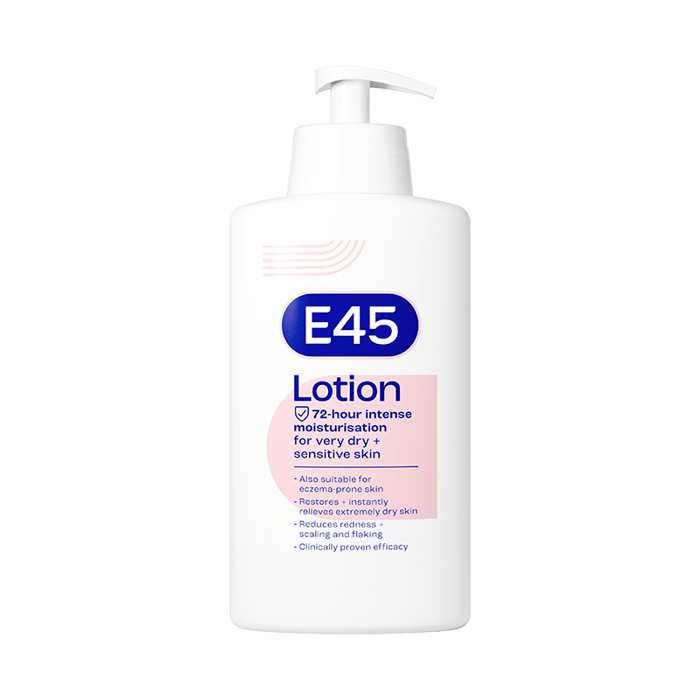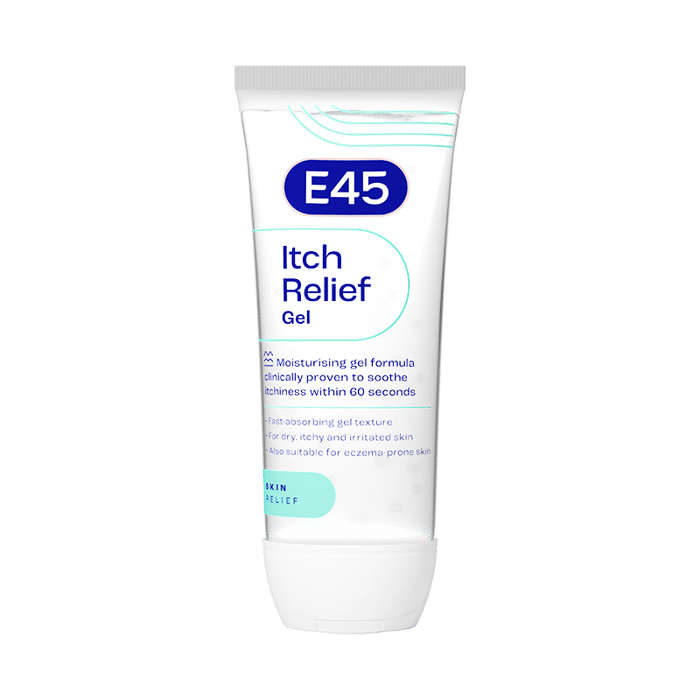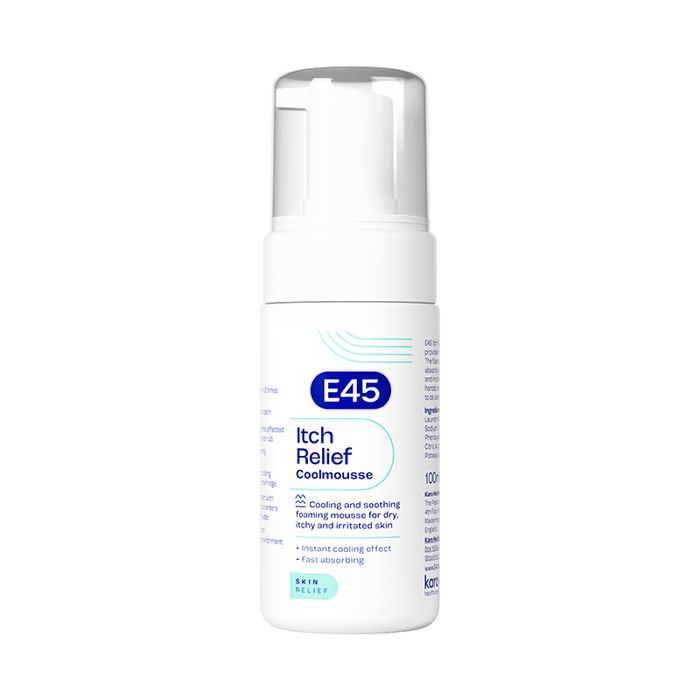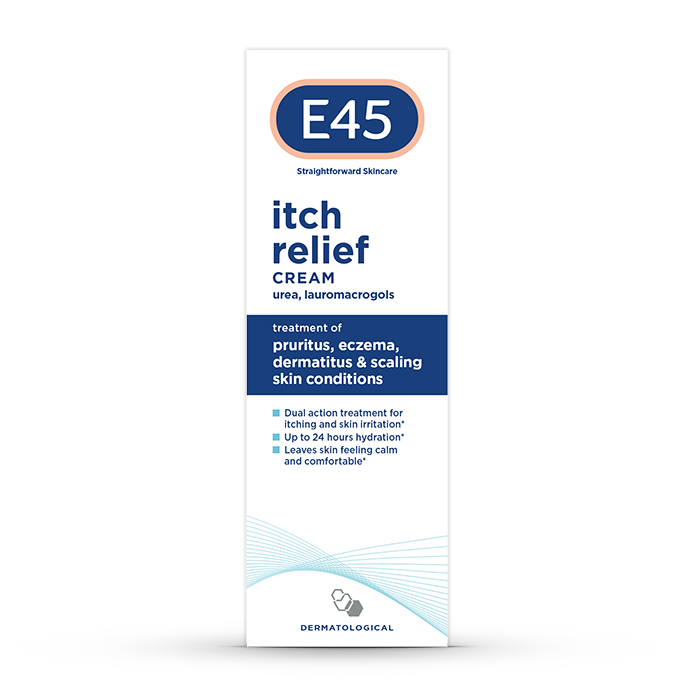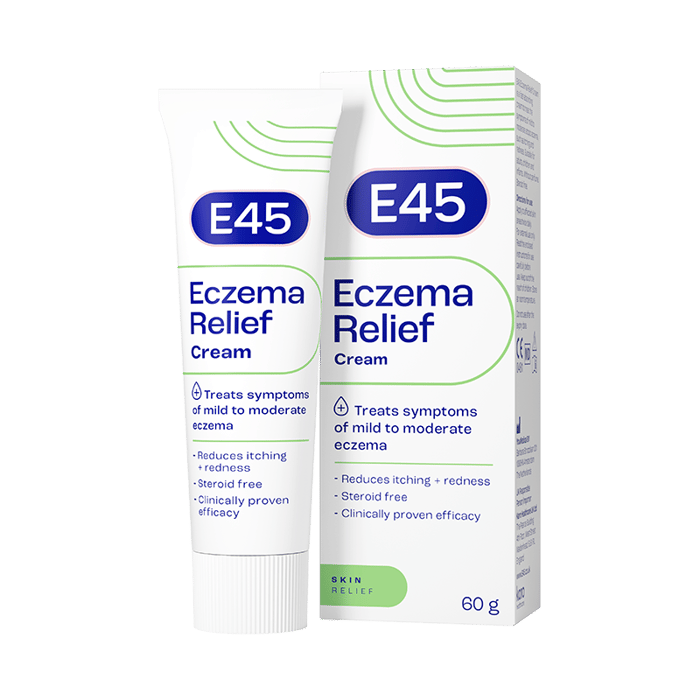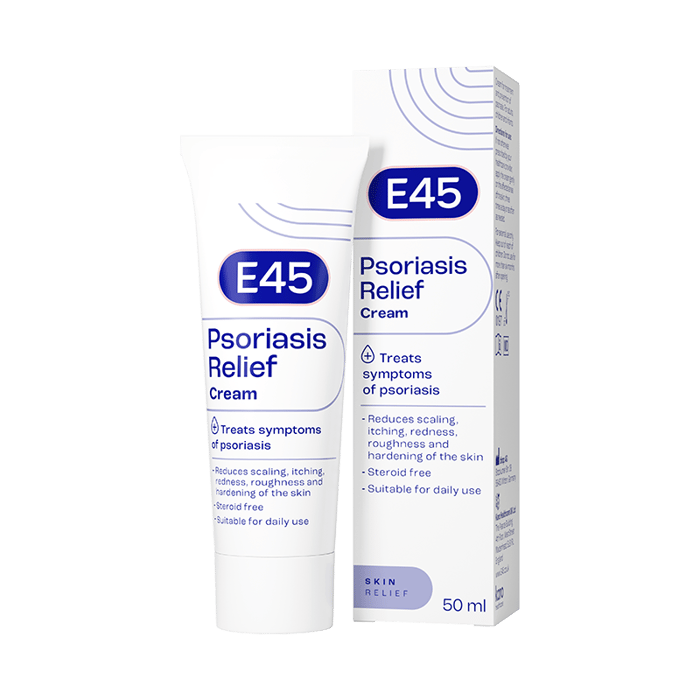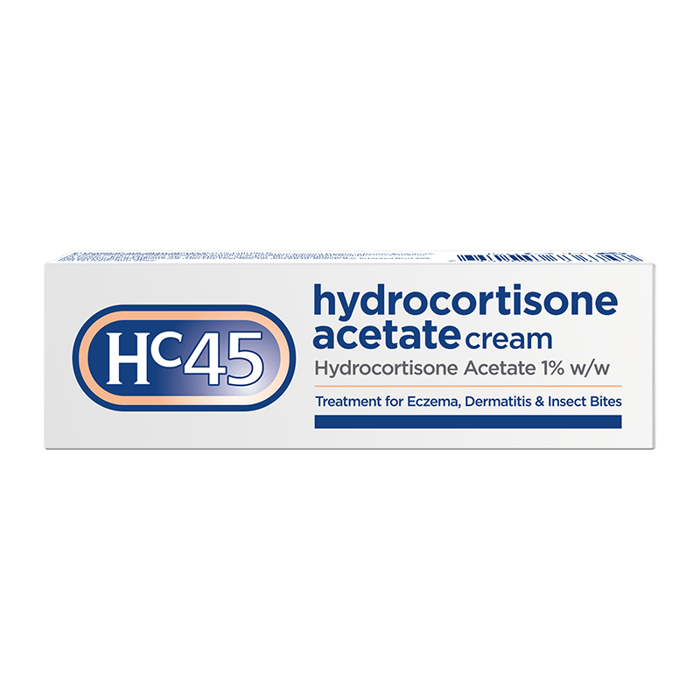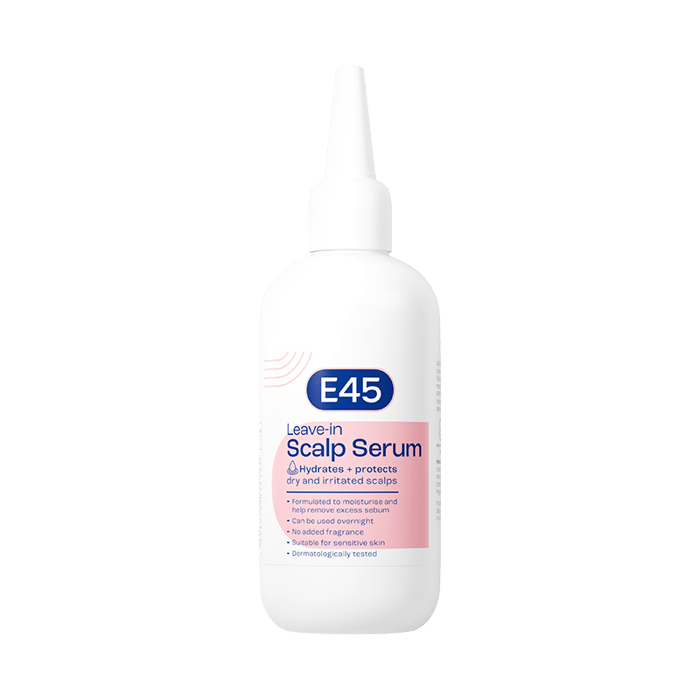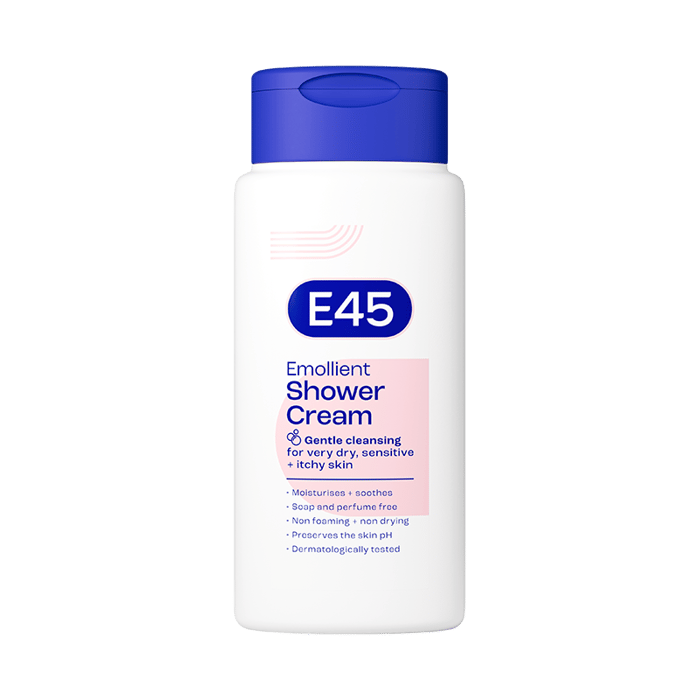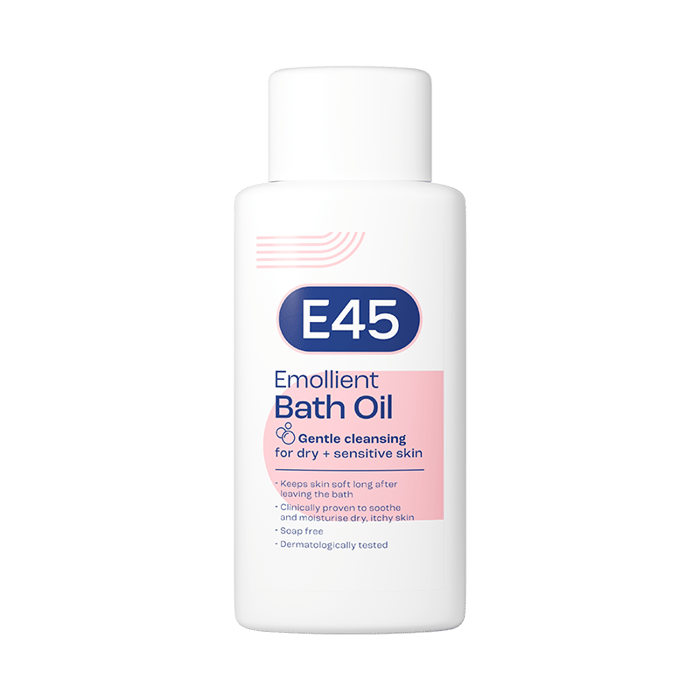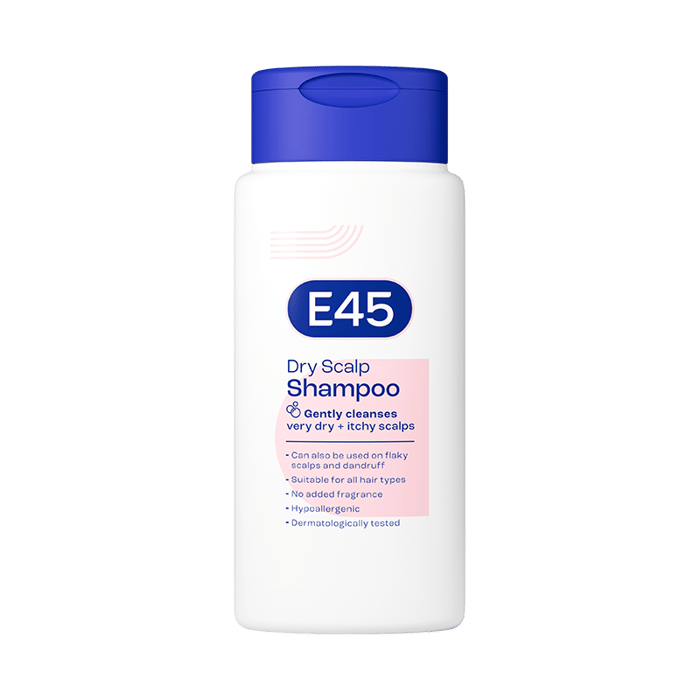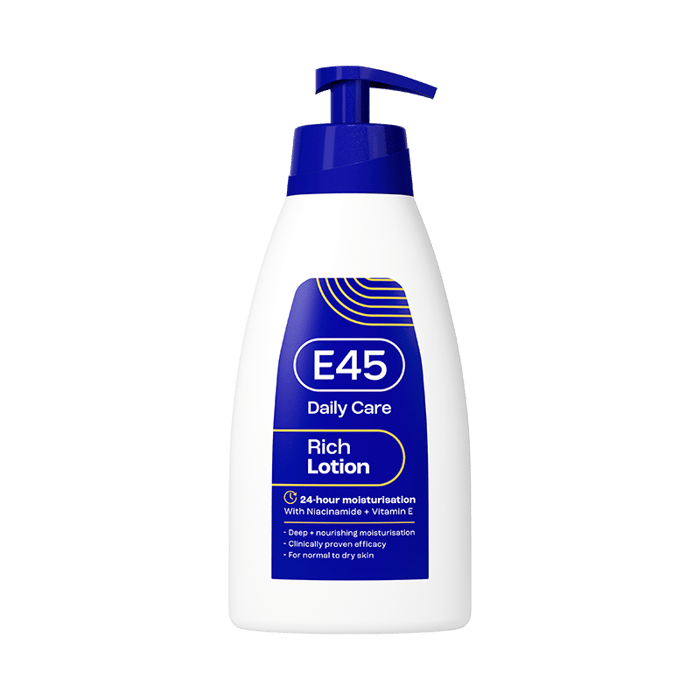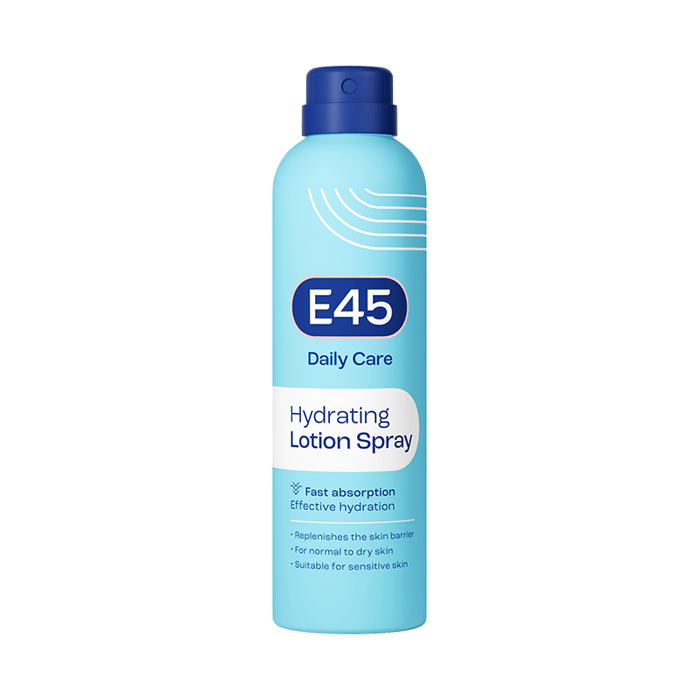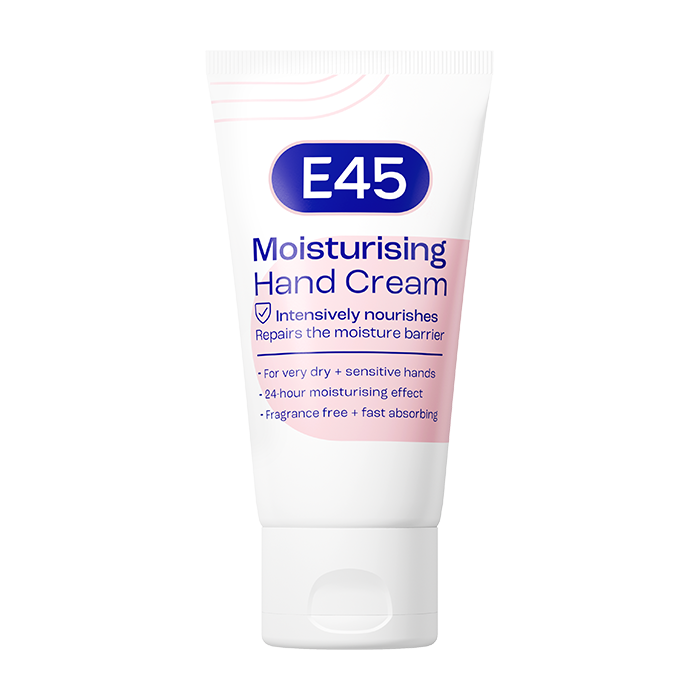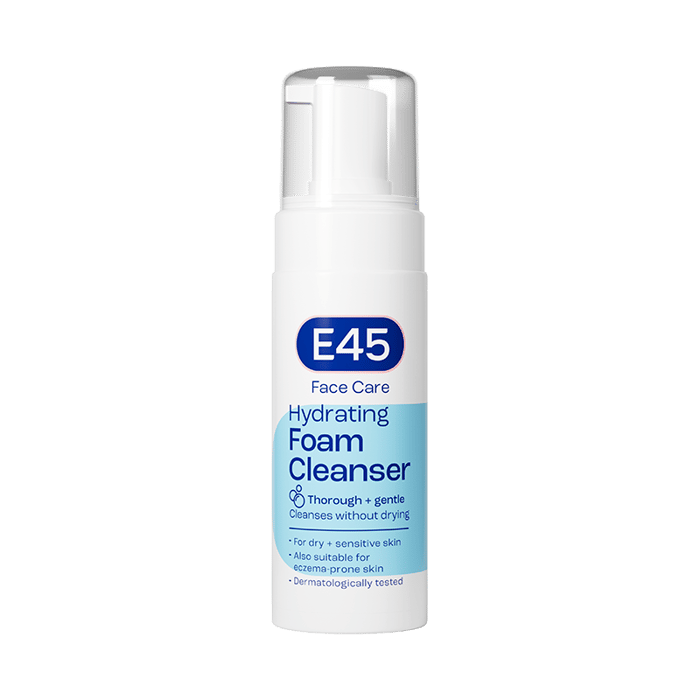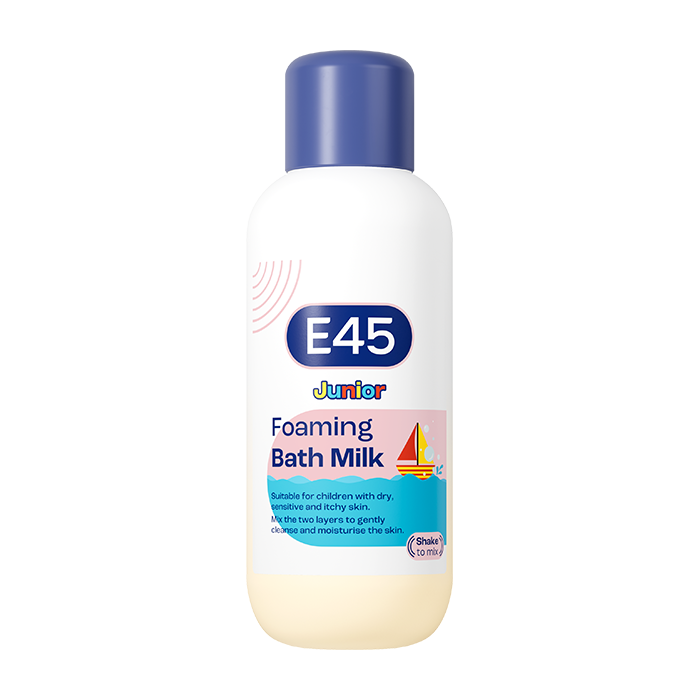Urea and the skin: Benefits and uses
Learn how urea, a naturally occurring substance in the body, benefits the skin. Discover its hydrating, exfoliating and soothing properties, and how to incorporate it into your skincare routine. Understand potential side effects and how urea can address various skin conditions.
What is urea?
Urea is an organic compound naturally produced by the body and found in the skin, sweat and urine. It plays a significant role in maintaining skin hydration. In skincare, urea is commonly used as a powerful humectant and exfoliant. It draws moisture into the skin and helps maintain a healthy moisture balance, making it a key ingredient in many moisturisers and treatments aimed at improving skin texture.
Urea is also part of the skin’s natural moisturising factor (NMF), a group of ingredients that work together to keep the skin hydrated and protected. It is available in various concentrations in skincare products, from low (around 5%) to higher concentrations (up to 40%), each serving different purposes for skin care. Urea is frequently used in creams, lotions and ointments for its moisture-retaining and exfoliating properties (Source).
Is urea good for the skin?
Urea is incredibly beneficial for the skin thanks to its moisturising, exfoliating and soothing effects. It has a unique ability to attract and retain moisture while promoting the removal of dead skin cells, which helps to improve the overall texture and appearance of the skin. Urea is ideal for treating dry, rough and thickened skin, making it effective for conditions like eczema, psoriasis and keratosis pilaris.
Additionally, urea’s keratolytic properties mean it can break down the bonds between dead skin cells, allowing for smoother skin and better absorption of subsequent skincare products. It’s suitable for a variety of skin types and is generally well-tolerated, even by those with sensitive skin (Source).
Benefits of urea for the skin
Urea offers a wide range of benefits for the skin. Here are some of the primary ways it works to improve skin health:
Deep hydration and moisture retention
Urea is known for its exceptional ability to attract moisture from the environment and bind it to the skin. This makes it an excellent ingredient for hydrating dry or dehydrated skin. As a humectant, urea helps to maintain the skin’s natural moisture levels, ensuring it stays soft and smooth. This property also makes urea effective at preventing transepidermal water loss (TEWL), which is a common cause of dry and flaky skin.
When used in skincare, urea helps the skin retain moisture, leaving it feeling more hydrated and plumped. This is especially beneficial for individuals with dry skin, as urea can help replenish moisture while preventing further dehydration (Source).
Exfoliates and promotes skin renewal
At higher concentrations (around 10-20%), urea acts as a keratolytic agent, meaning it helps to break down the bonds between dead skin cells, allowing them to slough off more easily. This exfoliating effect makes it an excellent ingredient for smoothing rough patches, improving skin texture and promoting skin renewal (Source).
This action can be particularly helpful for those with conditions like keratosis pilaris (KP), which causes rough, bumpy skin on the arms, thighs or back. By gently exfoliating the skin, urea helps to reduce the appearance of these bumps and restore smoother skin.
Strengthens the skin barrier
The skin barrier is the outermost layer of the skin that protects against environmental stressors, such as pollutants, bacteria and irritants. A healthy skin barrier is crucial for maintaining skin health as it helps prevent moisture loss and shields the skin from potential damage.
Urea helps to strengthen the skin’s barrier by enhancing hydration and supporting the repair of damaged skin. It boosts the production of natural moisturising factors (NMFs), which are essential for maintaining skin’s resilience and protecting against external irritants. This makes urea particularly beneficial for individuals with compromised skin barriers, such as those with eczema or dry, sensitive skin (Source).
Calms irritated and sensitive skin
Urea’s soothing properties make it effective at calming irritated or inflamed skin. It is commonly used in formulations designed to treat conditions like eczema, psoriasis or dermatitis. By drawing moisture into the skin and maintaining hydration, urea helps to reduce redness, itching and discomfort associated with irritated skin.
Moreover, urea helps to enhance the effectiveness of other active ingredients, such as corticosteroids, by improving their absorption into the skin. This makes urea a key component in many treatments for chronic skin conditions (Source).
Improves the appearance of dry skin and rough patches
Dry, rough and flaky skin can benefit greatly from urea. As a humectant and exfoliant, urea not only helps hydrate the skin but also removes dead skin cells that can cause a dull appearance. By enhancing skin texture and smoothing rough patches, urea provides long-lasting hydration, leaving the skin feeling soft and supple. This makes it a popular choice in products aimed at treating chronic dry skin conditions such as eczema and xerosis (Source).
What skin types can benefit from using urea?
Urea is a versatile ingredient that can benefit a wide range of skin types, including:
- Dry skin: Urea is highly effective at drawing moisture into the skin and preventing dehydration, making it an excellent choice for those with dry, flaky skin.
- Sensitive skin: Urea’s calming and hydrating properties make it suitable for sensitive skin. It can help to soothe irritation and improve the skin’s overall barrier function.
- Oily skin: Despite its moisturising properties, urea is lightweight and won’t clog pores, making it suitable for those with oily or acne-prone skin.
- Ageing skin: As we age, the skin’s ability to retain moisture diminishes. Urea can help replenish hydration, making the skin appear more plump and youthful while improving skin texture.
- Rough or bumpy skin (keratosis pilaris): Urea’s exfoliating properties help smooth rough patches and reduce the appearance of bumps.
Are there any side effects?
Urea is generally safe for most people, especially when used in low concentrations (around 5-10%). However, at higher concentrations, it may cause skin irritation, stinging or redness, particularly for individuals with sensitive skin (Source). To avoid adverse reactions, it’s recommended to patch test new products before incorporating them into your routine.
In some cases, excessive use of urea can lead to over-exfoliation, which may cause dryness or irritation. It’s important to follow the instructions on product labels and avoid overuse, especially when using products with higher concentrations of urea.
How to use urea in your skincare routine
Urea is a versatile and highly effective ingredient that can be seamlessly incorporated into your skincare routine to address various skin concerns, from dry patches to rough textures and even sensitive or irritated skin. The key to making the most of urea in your skincare routine is understanding how to apply it correctly and selecting the right concentration for your needs.
Start with clean, damp skin
For optimal absorption and effectiveness, it’s important to apply urea to clean, damp skin. After cleansing your skin, gently pat it dry with a towel, leaving it slightly moist. This will allow the urea to penetrate the skin more effectively and work in synergy with the skin’s natural hydration levels. Damp skin helps retain moisture, which is especially important when using urea, as it enhances its hydrating properties by drawing water into the skin.
Start with a low concentration
When introducing urea into your routine, it’s best to start with products that contain a lower concentration of urea to allow your skin to adjust. This is especially important if you have sensitive or reactive skin. Begin with a moisturiser or serum containing around 5-10% urea, as this will provide mild exfoliation and moisturisation without overwhelming the skin. Gradually increase the concentration if needed, depending on how your skin reacts and the specific results you’re aiming for.
Choose the right product for your skin type and concerns
Urea comes in a variety of formulations, and choosing the right one is crucial for achieving the desired results. Here are some tailored recommendations for different skin types and concerns:
- For dry skin: Dry, dehydrated skin can greatly benefit from daily use of a urea-based moisturiser. Opt for a product containing 5-10% urea to restore moisture and improve overall skin texture. Urea’s humectant properties will help pull moisture into the skin, ensuring long-lasting hydration and a softer, smoother feel. You can use this daily, especially after a shower when your skin is more receptive to moisture.
- For rough patches: Urea is particularly effective for treating rough, dry patches that are often found on areas such as the elbows, knees and feet. These areas tend to have thicker, more callused skin that can benefit from stronger exfoliation. For these stubborn patches, consider a cream or body lotion with a higher concentration of urea (10-20%). This will gently exfoliate dead skin cells, smooth rough textures and promote skin renewal. Applying a higher concentration of urea directly to these areas a few times a week can help soften and restore their natural smoothness.
- For sensitive or irritated skin: While urea is known for its hydrating and exfoliating properties, it can also be highly soothing, making it an excellent option for sensitive or irritated skin. When dealing with conditions like eczema, psoriasis or even sunburn, choose products that contain lower concentrations of urea, typically around 5-10%. This will provide gentle relief, calming inflammation and restoring the skin’s moisture balance without irritating or over-exfoliating delicate skin. For example, E45 Itch Relief Cream is formulated with 5% urea and lauromacrogols, helping to relieve itching and skin irritation caused by dry skin conditions such as eczema, dermatitis, pruritus and scaling skin conditions. Similarly, E45 Psoriasis Relief Cream contains urea among other ingredients and is clinically proven to reduce scaling, itching, redness, roughness and hardening of the skin associated with psoriasis.
Build up gradually to higher concentrations
If you’re aiming for more intense exfoliation or treatment for particularly stubborn skin concerns, consider using products with higher concentrations of urea over time. For example, creams and ointments with 20-40% urea are often recommended for specific dermatological conditions like keratosis pilaris, severe dry patches or thickened skin. However, it’s important to note that higher concentrations should be introduced gradually. Start by applying them once every few days and gradually increase usage as your skin adjusts.
Follow up with a moisturiser or occlusive layer
After applying a urea-based product, particularly one with higher concentrations, it’s beneficial to follow up with a thick moisturiser or an occlusive layer like E45 Cream to lock in moisture and prevent the skin from losing hydration. Urea draws moisture into the skin, and a second layer helps seal it in, ensuring lasting hydration. This is especially important in dry climates or during the colder months when the skin is more prone to moisture loss.
Be mindful of other active ingredients
Urea is a powerful ingredient, and while it pairs well with many other skincare actives, it’s important to be mindful of how it interacts with other potent ingredients. For example, when using urea in conjunction with acids (such as AHAs or BHAs) or retinol, be cautious as this can sometimes cause irritation. These active ingredients already have exfoliating properties, and combining them with urea could potentially make your skin more sensitive. Always monitor how your skin responds, and if you are introducing multiple active ingredients, consider alternating their use or applying them at different times of the day (e.g. urea in the morning, retinol at night).
Use consistently for best results
As with most skincare ingredients, consistency is key when using urea. While some immediate improvements in skin texture and hydration may be noticeable, the full benefits – especially for conditions like rough skin or calluses – will develop over time with regular use. To see lasting results, aim to incorporate urea into your routine on a daily or weekly basis, depending on your specific skin needs.
Patch test before first use
Before incorporating any new product, especially one with higher concentrations of urea, it’s always a good idea to conduct a patch test on a small area of skin. This helps to ensure that your skin doesn’t react adversely to the product. If any irritation or discomfort occurs, discontinue use and opt for a lower concentration of urea or a more soothing formulation.
Conclusion
Urea is a powerhouse ingredient in skincare, offering a wide array of benefits, from deep hydration and exfoliation to soothing irritated skin and improving skin texture. Its unique ability to both attract moisture and promote skin renewal makes it an essential component in many skincare products, especially for individuals with dry, rough, or sensitive skin. Whether you are tackling dry patches, rough elbows, cracked heels or conditions like eczema or psoriasis, urea can provide significant relief by restoring moisture and enhancing skin’s overall health.
With its versatile properties, urea can be incorporated into various skincare routines, from lightweight moisturisers for dry skin to more intensive treatments for thicker, rough skin. By understanding the right concentration for your skin’s needs, and using urea consistently, you can improve skin hydration, texture and comfort. Always remember to start slowly, patch-test new products, and avoid overuse, especially with higher concentrations, to ensure the best results without irritation.
Incorporating urea into your routine can offer long-term improvements in skin health, providing smoother, more hydrated, and healthier-looking skin. Its ability to work across different skin types, including sensitive and oily skin, solidifies urea’s place as a must-have ingredient in modern skincare.
FAQ: Urea and the skin
Can I use urea every day?
Urea can be used daily, particularly when incorporated into moisturising products with a lower concentration (around 5-10%). These products are designed to hydrate and maintain skin health. However, if you are using higher concentrations of urea (e.g., 20-40%) for exfoliation or the treatment of more severe skin conditions, it’s best to start gradually, applying it a few times a week and increasing usage as your skin adjusts to avoid irritation or sensitivity.
Can urea help with acne?
Urea can indeed help with acne-prone skin. Its gentle exfoliating properties help prevent the buildup of dead skin cells and debris, which can clog pores and contribute to breakouts. Additionally, urea helps balance moisture levels in the skin without causing excess oil production, which can be beneficial for oily, acne-prone skin. As it’s non-comedogenic (won’t clog pores), urea is a safe ingredient to use in acne skincare routines, especially when combined with other acne-fighting ingredients.
Is urea good for dry, cracked heels?
Urea is highly effective for treating dry, cracked heels, a common problem for those with thickened or rough skin on their feet. Urea has both exfoliating and moisturising properties that help soften hard, callused skin and promote smoother, more hydrated heels. Foot creams or balms with higher concentrations of urea (around 20-40%) are particularly useful for this purpose, as they help to gently exfoliate dead skin while providing deep hydration to heal cracks and prevent future dryness.
Can urea be used for eczema or psoriasis?
Urea can be beneficial for individuals with eczema or psoriasis. Urea’s hydrating properties help restore moisture to dry, irritated skin, while its exfoliating action helps remove rough, scaly patches. By helping to keep the skin’s barrier function intact and reducing moisture loss, urea can alleviate discomfort and dryness associated with these conditions. It’s important to use a product with a mild concentration (5-10%) to avoid irritation.
Can urea help with hyperpigmentation?
Urea does not directly target hyperpigmentation or dark spots. However, it can help improve the overall texture and tone of the skin by hydrating and exfoliating, which may result in a more even complexion over time. The gentle exfoliation helps to remove dead skin cells, allowing fresher, more even skin to surface. For direct treatment of hyperpigmentation, it is best to pair urea with other ingredients like vitamin C, niacinamide, or alpha hydroxy acids (AHAs).
Is urea safe for sensitive skin?
Urea is generally safe for sensitive skin, especially when used in lower concentrations (5-10%). It has soothing properties that help to reduce redness and irritation, and it can help to strengthen the skin barrier. However, individuals with very sensitive or reactive skin should always patch-test new urea products before applying them to larger areas, as higher concentrations (above 10%) might cause some mild irritation.
Can urea be used on the face?
Urea can certainly be used on the face, but it’s important to choose a formulation with a lower concentration (5-10%) for facial skin. This will allow the skin to benefit from its hydrating and exfoliating properties without causing excessive dryness or irritation. Urea-based moisturisers, serums, or cleansers can be excellent for dry, flaky skin or for improving overall skin texture. However, if you are using other potent ingredients, like retinol or acids, take care not to over-exfoliate.
How long does it take for urea to show results?
The time it takes to see results from urea depends on the skin condition being treated and the concentration of urea in the product. For general hydration, improvements in skin texture can be seen within a few days of consistent use. For more specific conditions like calluses, cracked heels or rough patches, it may take a few weeks of regular application to see noticeable improvement. Consistency is key, as urea’s exfoliating and moisturising effects build over time.
Can urea be used in combination with other exfoliating ingredients?
Urea can be combined with other exfoliating ingredients, like AHAs, BHAs or retinol, but caution is advised. Since urea has exfoliating properties, using it in combination with stronger exfoliants can increase the risk of irritation or over-exfoliation. If you plan to combine urea with other exfoliants, it’s best to alternate their use on different days or apply them at different times of the day (e.g. urea in the morning and AHAs/retinol at night).
Does urea help with dry scalp or dandruff?
Urea can help improve a dry, flaky scalp by hydrating and exfoliating the scalp’s skin, reducing flakiness and restoring moisture balance. Many scalp treatments with urea (often combined with other ingredients like salicylic acid) are formulated to treat dandruff or seborrheic dermatitis by addressing both the dryness and the build-up of dead skin cells. When using urea for the scalp, be sure to choose a gentle product to avoid irritation.
Sources
www.healthline.com/health/beauty-skin-care/urea-in-lotion
www.medicalnewstoday.com/articles/urea-in-skincare
pmc.ncbi.nlm.nih.gov/articles/PMC8611129/
www.verywellhealth.com/keratolytics-for-skin-scales-and-flakes-2788384
pubmed.ncbi.nlm.nih.gov/34596890/
www.researchgate.net/publication/289823888_Urea_As_a_Moisturizing_and_Barrier-Enhancing_Ingredient
onlinelibrary.wiley.com/doi/10.1111/ddg.13906

